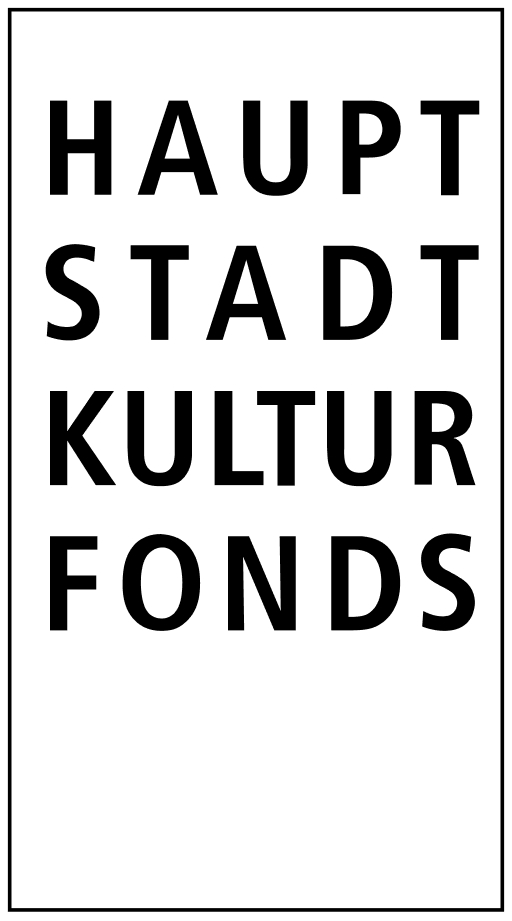OWNED BY OTHERS
–
Fremdbesitz and tracing
narratives of an island
Owned by Others is an artistic endeavor uncovering narratives, places, and artifacts from, around, and on Berlin’s Museum Island. The project assembles methods for thinking about and tactics for claiming the site as a new city center of the commons. Who is responsible for telling the story of this place, and where might they be stuck in times of the pandemic?
POSSESSION ISLAND
With regards to objects in museums, a possible discrepancy between possessing and legitimately owning them is now widely accepted. Fremdbesitz denotes the ownership of an object or place with the understanding that another (often unknown) person is entitled to its ownership. Any item or building that was put on Museum Island historically was meant to predetermine a future for areas larger than just the island. Intentions to represent, redefine, and appropriate narratives for a nation were written into its architecture: Prussia embodied its claim to power in its palace, the barricades of the 1848 revolution, the Palace of the Republic, and finally the vast collections of stockpiled artifacts, accumulated over centuries, which point to almost every place and epoch in world history.
HISTORY, AS SEEN FROM ELSEWHERE
How can contemporary artistic practice invert these global entanglements? The museum’s representational space these days is complemented by a burgeoning awareness that it is not the ultimate narrator of history, for the institution itself has become a site of increasingly charged arguments. In a postcolonial understanding, history travels through ephemerality and is beyond ownership.
MULTIPLYING GLOBAL PERSPECTIVES ON BERLIN
The artist initiative Owned by Others fosters actions, interventions, research, lectures, performances, and social encounters in the public sphere as well as a dialogue between the local and the world. It unites participants from Baghdad to Guatemala City, from Addis Ababa to Tijuana, and from Singapore to Dakar among others. Owned by Others invites contemporary art practices to extend on Museum Island, considering the site as a prime terrain to argue the diverse, informal, and transient ways of negotiating globality, historicity, and time.
RE-INVENT CENTRALITY
A map-based website www.ownedbyothers.org and public archive as well as events, exhibitions, and weekly gatherings complete the project. The physical center of all processes is the newly established Museum Tropicana at Spreeufer 6 opposite the Berliner Schloss. It accommodates the Owned by Others offices; hosts a supporting program with exhibitions, presentations, and lecture performances; and convenes a weekly Tuesday evening get-together strictly following the latest hygiene regulations.
a project by Lutz Henke & Raul Walch
With contributions by:
Adam Kraft, Andreas Gehrke, Anna-Sophie Springer, Albrecht/Wilke, Aram Bartholl, Arijit Bhattacharyya, Cinema Lada, Fernando Sánchez Castillo, Ina Weise & Marcus Große, Jeewi Lee & Aliou Badou Diack, Kasia Fudakowski, K-Verlag, Lutz Henke, Miguel Buenrostro, Peter Behrbohm, Raul Walch, Regina José Galindo, Santiago Sierra, Tarkib, Teresa Margolles, Yuichiro Tamura, Zoë Claire Miller, Zuzanna Czebatul
Supported by:

